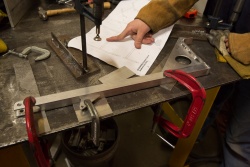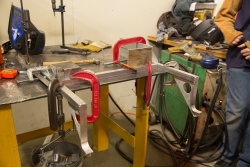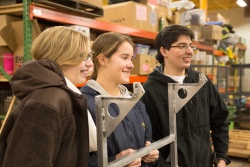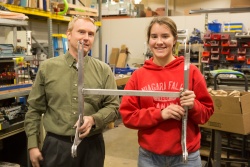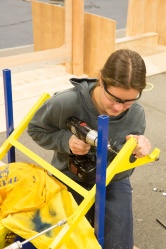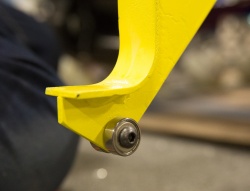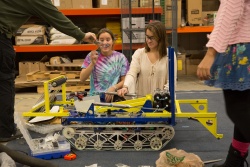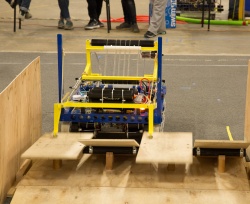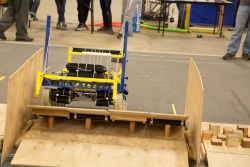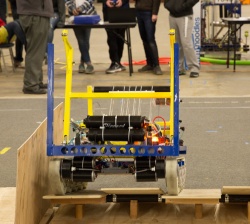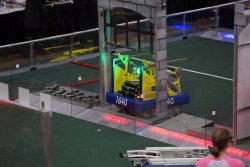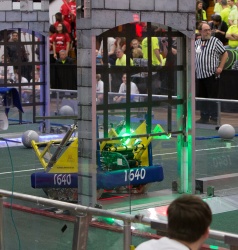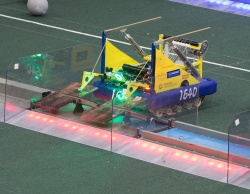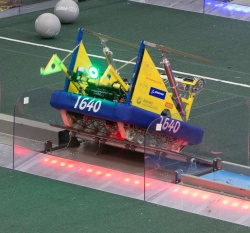Difference between revisions of "DEWBOT XII Portcullis Lift"
MaiKangWei (talk | contribs) (→Design Considerations) |
MaiKangWei (talk | contribs) (→Photographs) |
||
| Line 35: | Line 35: | ||
==Photographs== | ==Photographs== | ||
<gallery widths=250 heights=250 perrow=3> | <gallery widths=250 heights=250 perrow=3> | ||
| − | + | image:DB12_160214-16.jpg| | |
| + | image:DB12_160214-19.jpg| | ||
| + | image:DB12_160214-21.jpg| | ||
| + | image:DB12_160215-9.jpg| | ||
| + | image:DB12_160220-21.jpg| | ||
| + | image:DB12_160220-27.jpg| | ||
| + | image:DB12_160222-1.jpg| | ||
| + | image:DB12_160223-8.jpg| | ||
| + | image:DB12_160223-9.jpg| | ||
| + | image:DB12_160223-10.jpg| | ||
| + | image:HH_160305-35.jpg| | ||
| + | image:HH_160305-49.jpg| | ||
| + | image:HH_160305-67.jpg| | ||
| + | image:HH_160305-68.jpg| | ||
</gallery> | </gallery> | ||
---- | ---- | ||
[[Category:Robot]][[Category:DEWBOT XII]][[Category:Engineering]] | [[Category:Robot]][[Category:DEWBOT XII]][[Category:Engineering]] | ||
Revision as of 16:10, 8 May 2016
During our strategy development, we determined that DEWBOT XII needed to be able to go through the Portcullis & Cheval de Frise, both in teleop and autonomous. The Portcullis Lift is the mechanical device enabling this.
This mechanism was also pressed into service as the robot's camera and ring-light mount.
Contents
Portcullis Lift Objectives
- Raise the Portcullis and allow the robot to pass through
- Lower two sections of the Cheval de Frise, allowing the robot to cross over
- Perform these operations in either autonomous or teleop mode
- Perform crossing in such a way as to support scoring in high goal during autonomous
Portcullis Lift Specifications
- Raise the Portcullis - allowing crossing
- Lower (2) raised Cheval de Frise sections - allowing crossing
- Robot must cross Portcullis & Cheval de Frise facing forward (in the direction of shooting)
- Mechanism cannot extend beyond 15 inches from the frame perimeter
- Must be easy for driver to use
Design Considerations
Consideration was made in consolidating intake and Portcullis Lift functions into a single mechanism. However, the team's desire to cross these obstacles moving forward while also picking up boulders while driving backwards (to avoid the need for turning around while cycling for boulders) prevented such consolidation.
Two working surfaces are needed: one to raise the Portcullis; the second to lower the Cheval de Frise.
The Cheval de Frise requires action on two elements separated by over 12 inches distance. In addition, Cheval de Frise contact is dynamic: either rolling or sliding.
